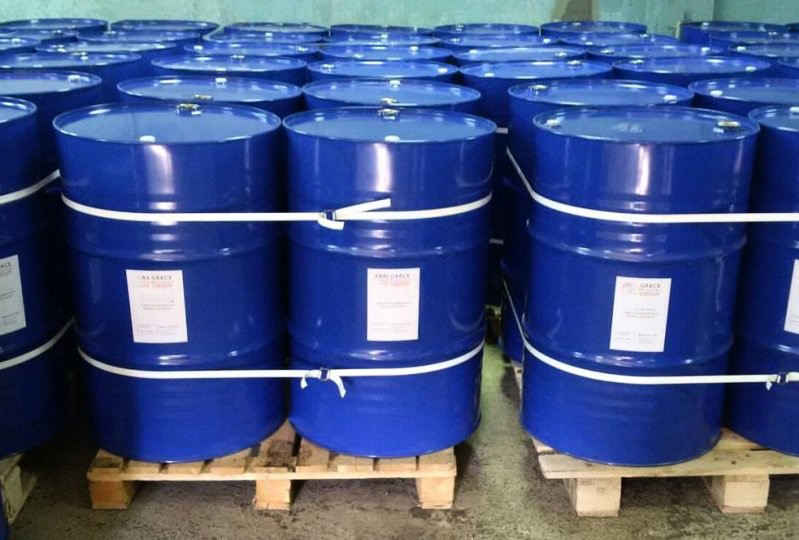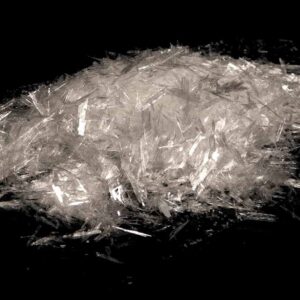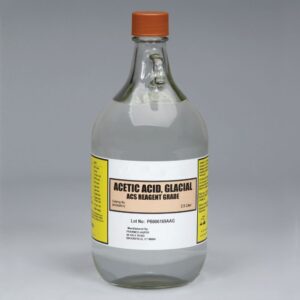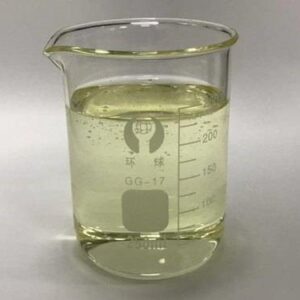Description
DEG
General Information
Diethylene Glycol (DEG) is a sweet-tasting, clear, odorless, hygroscopic, poisonous liquid. It dissolves easily in various solvents, including H2O, ethanol, ether, acetone, and ethylene glycol. It’s common knowledge that diethylene glycol is used as a solvent. Diethylene glycol shares many characteristics with mono ethylene glycol (MEG), but its boiling point, viscosity, and specific gravity are all higher in diethylene glycol. Polyester fiber, PET resin, alkyds, and unsaturated polyesters begin with MEG as their raw material. Unsaturated polyester resins, polyurethanes, and plasticizers all use diethylene glycol in production. With a boiling point of 245 degrees Celsius, it can be dissolved in a wide variety of organic solvents and is easily soluble in water. The ethylene oxide is partially hydrolyzed to create diethylene glycol. The conditions dictate the yield of diethylene glycol and related glycols. Diethylene glycol, consisting of two molecules of ethylene glycol joined via an ether bond, is a byproduct of ethylene glycol and trimethylene glycol.
Usage of DEG
As with ethylene glycol, diethylene glycol, and water are used to cool. DEG is also a building block in the organic synthesis of morpholine and 1.4-dioxane. It lowers the freezing and boiling points of the solution, making it more suitable for hot climates. In addition to nitrocellulose, resins, dyes, different oils, and other compounds, it is also used to dissolve tobacco, cork, printing ink, glue, and brake fluids. Diethylene glycol ethers often replace diethylene glycol in personal care products (e.g., skin creams, lotions, and deodorants). As a component of cough syrup and toothpaste, diethylene glycol is used illegally in some nations as counterfeit glycerin.
DEG
Technical data sheet & Chemical Formula
The organic compound diethylene glycol (DEG) has the formula (HOCH2CH2)2O. It has a sweetish taste and is colorless, practically odorless, and poisonous. Since the early 20th century, diethylene glycol has been associated with many poisoning epidemics due to its use as a solvent. A straight-chain dihydric alcohol, Diethylene Glycol, is an aliphatic alcohol terminated on both ends by hydroxyl groups. A clear, water-white, practically odorless, hygroscopic liquid, diethylene glycol is soluble in water and dissolves in organic solvents. diethylene glycol has a boiling point of 245°C and is a water-soluble liquid. Ethylene oxide is partially hydrolyzed into diethylene glycol, produced as a byproduct of ethylene glycol manufacture.
| Property | Value |
| Color ( APHA ) max. | 8 |
| Acidity [ as acetic acid ], wt. % max. | 0.005 |
| Chlorides ( as CI ), ppm max. | 0.1 |
| Iron, ppm max. | 0.10 |
| Water, wt. % max. | 0.10 |
| Water solubility at 25°C | Miscible in all proportions |
| Molecular weight | 106.12 |
| Boiling point at 760 mm Hg, °C | 245.3 |
| Freezing point, °C | -9 |
| Flashpoint ( PMCC ), °C | 154 |
| Absolute viscosity at 20 °C, cP | 35.7 |
Packing of DEG

Packing
Normally, DEG is packaged in drums with a capacity of 200 to 1000 liters. It can be stored in stainless steel drums, aluminum drums, lined drums, tank cars, or tank trucks.
Safety & warning & transportation of DEG
Animals and humans can die from DEG poisoning. Ensure that you wear appropriate personal protective equipment, such as respiratory protection, and avoid contact with skin, both eyes and clothing. If stored properly and protected from contamination, diethylene glycol products have a shelf life of 24 months under unopened drums. The shelf-life time of bulk containers is six months after manufacture. Because the product is hygroscopic, water contamination should be avoided. Keep containers tightly closed without air contamination. Diethylene glycol’s high moisture sensitivity makes it possible to encounter elevated moisture levels when re-sampling. Avoid direct sunlight and high temperatures when re-sampling. No special measures are required for its transportation but ensure that you wash your hands.






Reviews
There are no reviews yet.